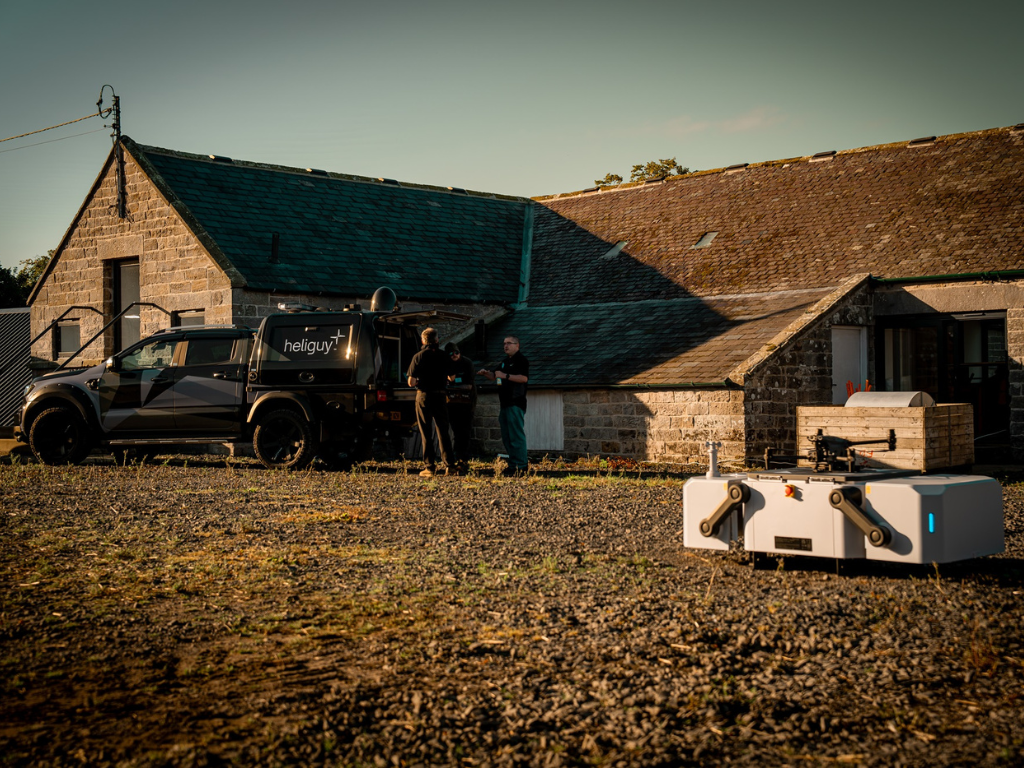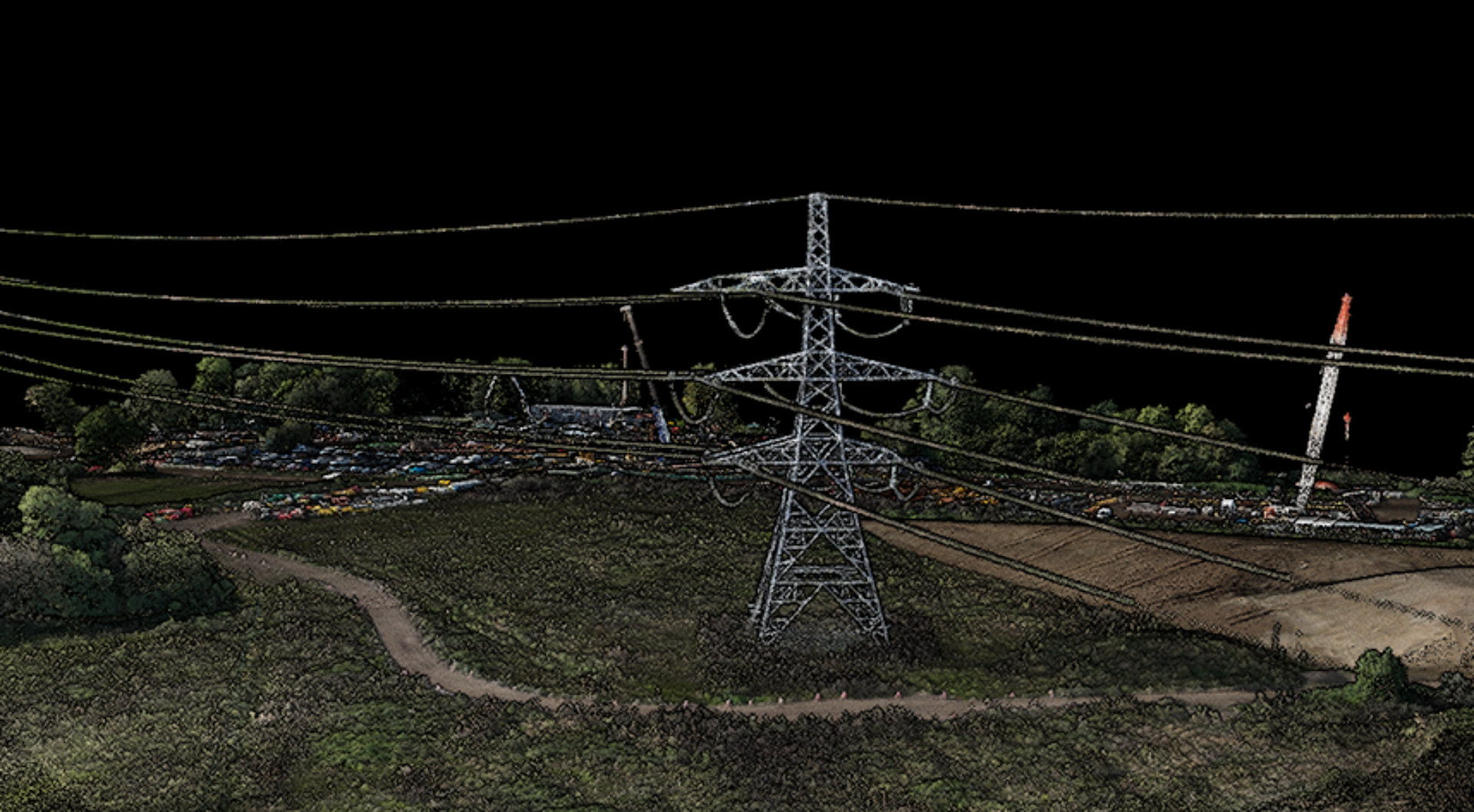
Training & Regulations
New UK CAA Proposals 'Will Help Unlock' BVLOS Drone Operations
How the new UK CAA proposals are advancing BVLOS drone operations in atypical air environments.
New proposals have been unveiled by the UK Civil Aviation Authority, which it says will help unlock drones flying beyond visual line of sight;
Plans are to establish Atypical Air Environments, enabling low-height BVLOS operations close to buildings and infrastructure;
Industries involved in inspecting infrastructure such as railways, powerlines, and roads, as well as critical medical deliveries, farmers and site security are set to benefit;
The proposals are one of many initiatives from the regulator as part of the UK Future Flight Programme.
New proposals unveiled by the UK Civil Aviation Authority (CAA) will help unlock BVLOS drone flights, the regulator has said.
The CAA consultation, published today (February 20, 2024), sets out plans for establishing Atypical Air Environments (AAE) for BVLOS operations, without the requirement for detect and avoid technology.
Under the proposals, BVLOS flights could take place within an AAE at low heights and close to infrastructure, where it is anticipated fewer aircraft will be operating.
This could be within 50ft of a structure such as a railway, road or powerline; within 100ft of a building; and lower than 50ft on private property.

The proposals are designed to make BVLOS flights more standardised, compared to current BVLOS operations in the UK which are primarily conducted as trials under strict restrictions.
It is an attractive proposition for organisations looking at technology such as the DJI Dock or even the DJI FlyCart 30 delivery drone, and heliguy™ has an in-house OSC consultancy and regulatory specialists to help operators work towards and obtain BVLOS approvals.
Kevin Woolsey, the CAA's Head of Remotely Piloted Aircraft Systems, described the potential introduction of AAE's as an innovative concept and a positive step towards unlocking the next stage for drone flying in the UK.
The consultation runs until April 2. If an atypical air environment policy is adopted, the UK CAA plans to work with several operators to help implement it in a safe and scaled way.
What Are Atypical Air Environments?
The CAA says that Atypical Air Environments are a volume of airspace where it can be reasonably anticipated that there will be a reduced number of conventionally piloted aircraft due to the proximity of ground infrastructure - therefore reducing the likelihood of a mid-air collision.
The CAA says that AAEs would be particularly useful when operating BVLOS within non-segregated airspace without an acceptable detect and avoid capability.

Importantly, AAEs would not be a separate classification of airspace and could exist within any classification of airspace, other than a Flight Restriction Zone.
The CAA does add that operating in an AAE would not address any aspect of ground risk and would be dependant on the operator to mitigate this risk.
Operations In Atypical Air Environments
The consultation lists examples of an AAE, with the purpose of reducing the risk between the drone and conventionally-piloted aircraft.
It states the operations could be:
Within 30m (100ft) of any building or structure.
Within 15m (50ft) of a permanent linear structure, such as a railway, road, or powerline.
Within the confines of private property at a height not exceeding 15m (50ft). The owner of the property must be consulted and consent to the operation. For example, an industrial site where security personnel use a UA for perimeter inspection.
The CAA says that, as there is no single definition of what would be routinely accepted as an AAE, all applications would initially be required to define the precise route of operations. This may become more standardised in the future.
An alternative AAE could also be proposed, such as covering a specific offshore installation or distances exceeding those suggested above.
Safety Considerations Within An AAE
The following mitigations should be considered for all operations within an AAE. If an operator does not believe any of the mitigations are required for their operation, the safety case must clearly set out why.
OSC must outline the organisation's intended process to pre-notify for operations within an AAE. The would depend on factors such as location and intended duration of the operation.
Activities must be coordinated with the Military Airspace Management Cell - Low Flying (MAMC LF).
Any UAS operating within an AAE would need to be equipped with and operating an ADS-B transmitter or transceiver and a callsign for the UA should be allocated and agreed with the CAA and included in any supporting NOTAM.
Aircraft operating in an AAE must be equipped with high-intensity anti-collision lighting: An upwards-facing white strobe light visible from a minimum of three statute miles at night.
Any aircraft in an AAE must have a technically robust containment solution, ie an onboard software-based geo-caging function, to mitigate the aircraft exceeding the operational volume.
When operating BVLOS in controlled airspace, an operator must notify the relevant Air Traffic Control service provider before conducting an operation within an AAE.
AAE Proposal Within UK Future Flight Programme
The CAA says that the proposals represent its commitment to safely enabling innovative technologies.
Mr Woolsey said: “Allowing drones to fly beyond the sight of the Remote Pilot, without placing restrictions on other aircraft in the area, will be a major achievement for UK drone operations.
“Safety comes first in everything we do and so we have identified sensible mitigations on where drones can fly using this proposed concept to make sure we maintain levels of safety.”
The proposals are one of many initiatives from the UK CAA designed to unlock UK skies as part of the UK Future Flight Programme.
The UK Future Flight Programme is helping move the UK closer to a future where drones safely share more of our skies with other airspace users.
The UK Civil Aviation Authority is working with industry to enable these developments for drones and other new forms of aerial transportation.
To view the consultation document in full, and to respond to the consultation, click here.
